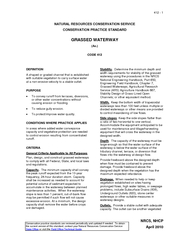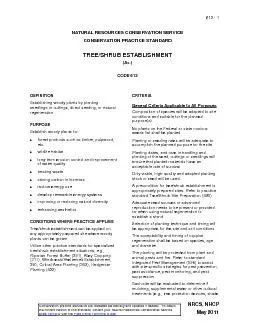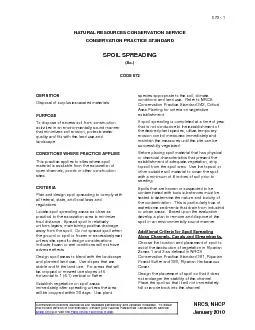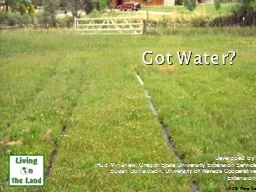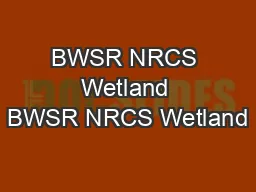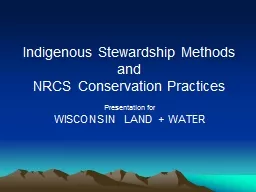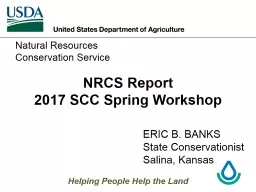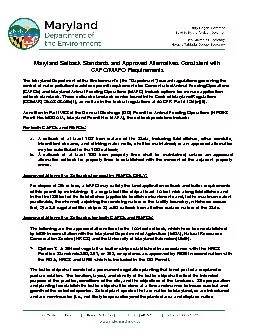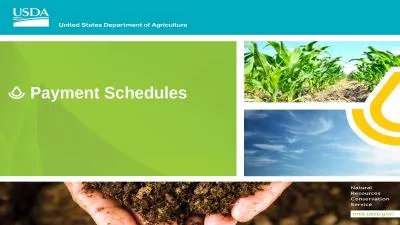PDF-NRCS, NHCPApril 2010Conservation practice standards are reviewed perio
Author : calandra-battersby | Published Date : 2015-07-31
412 1 the current version of this standard contact your Natural Resources Conservation Service State Office or visit the Field Office Technical Guide NATURAL RESOURCES
Presentation Embed Code
Download Presentation
Download Presentation The PPT/PDF document "NRCS, NHCPApril 2010Conservation practic..." is the property of its rightful owner. Permission is granted to download and print the materials on this website for personal, non-commercial use only, and to display it on your personal computer provided you do not modify the materials and that you retain all copyright notices contained in the materials. By downloading content from our website, you accept the terms of this agreement.
NRCS, NHCPApril 2010Conservation practice standards are reviewed perio: Transcript
Download Rules Of Document
"NRCS, NHCPApril 2010Conservation practice standards are reviewed perio"The content belongs to its owner. You may download and print it for personal use, without modification, and keep all copyright notices. By downloading, you agree to these terms.
Related Documents

